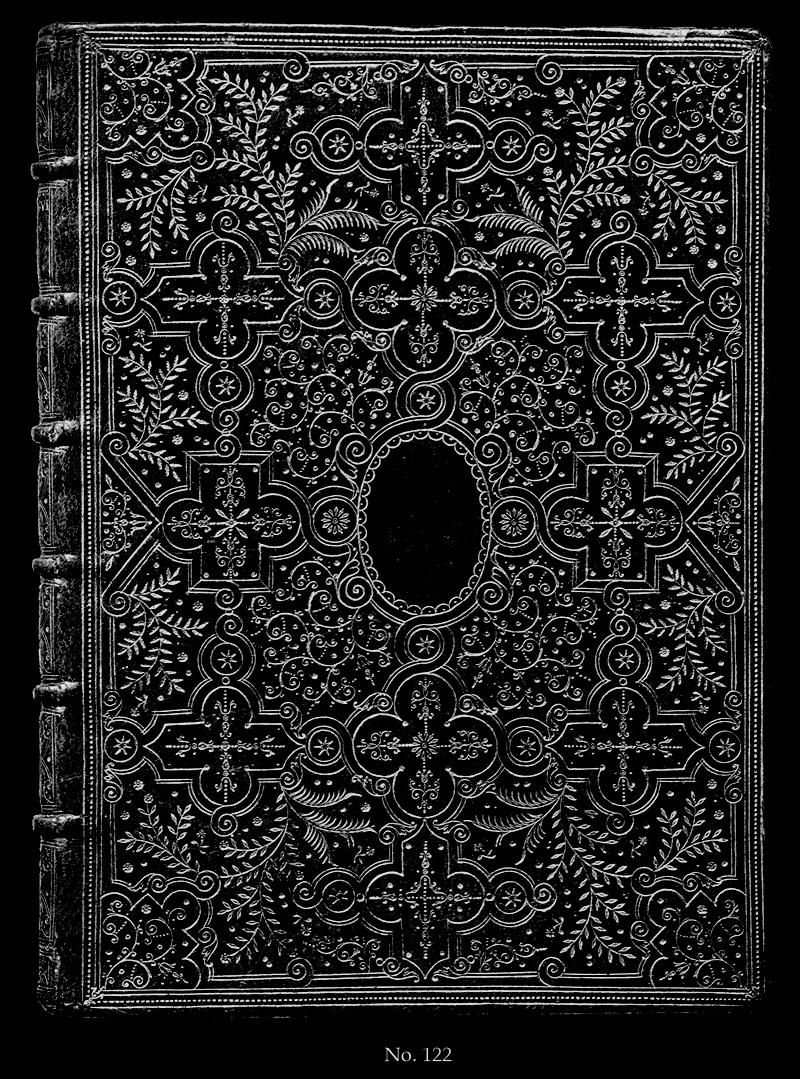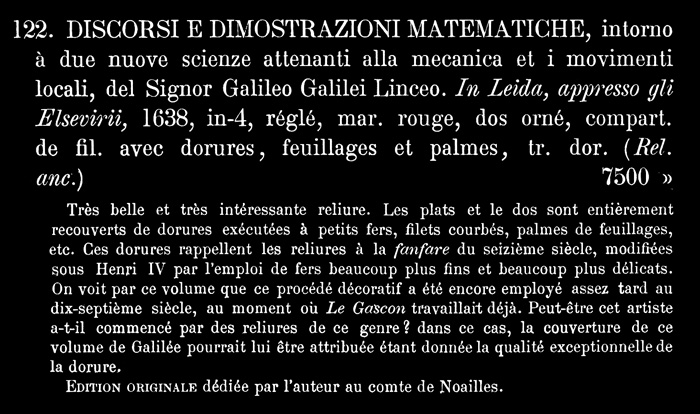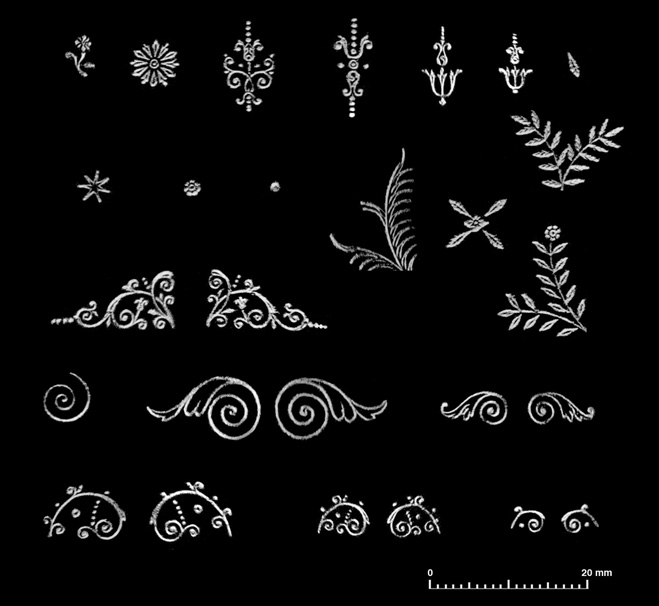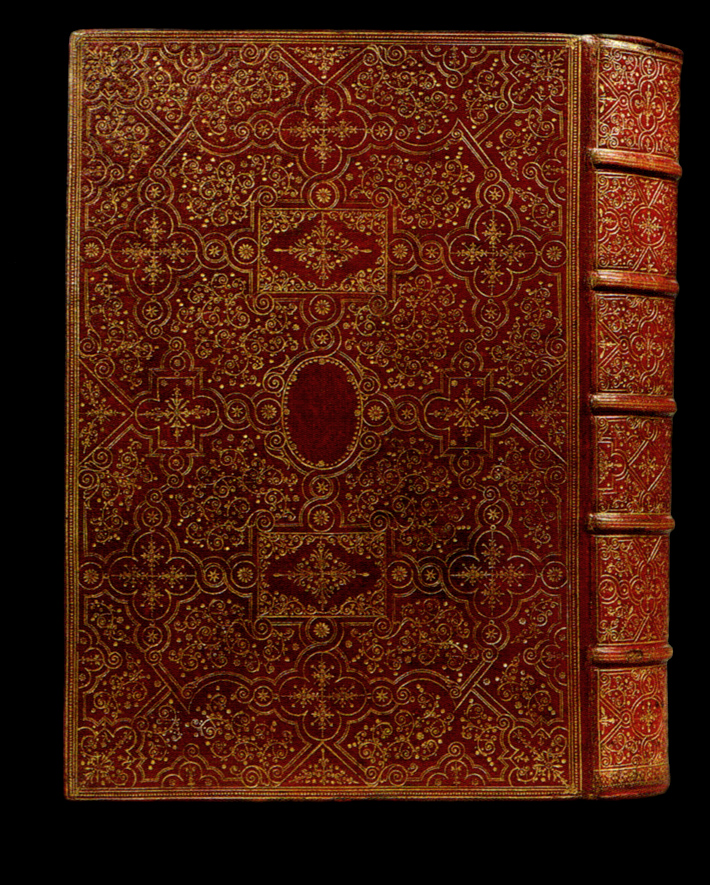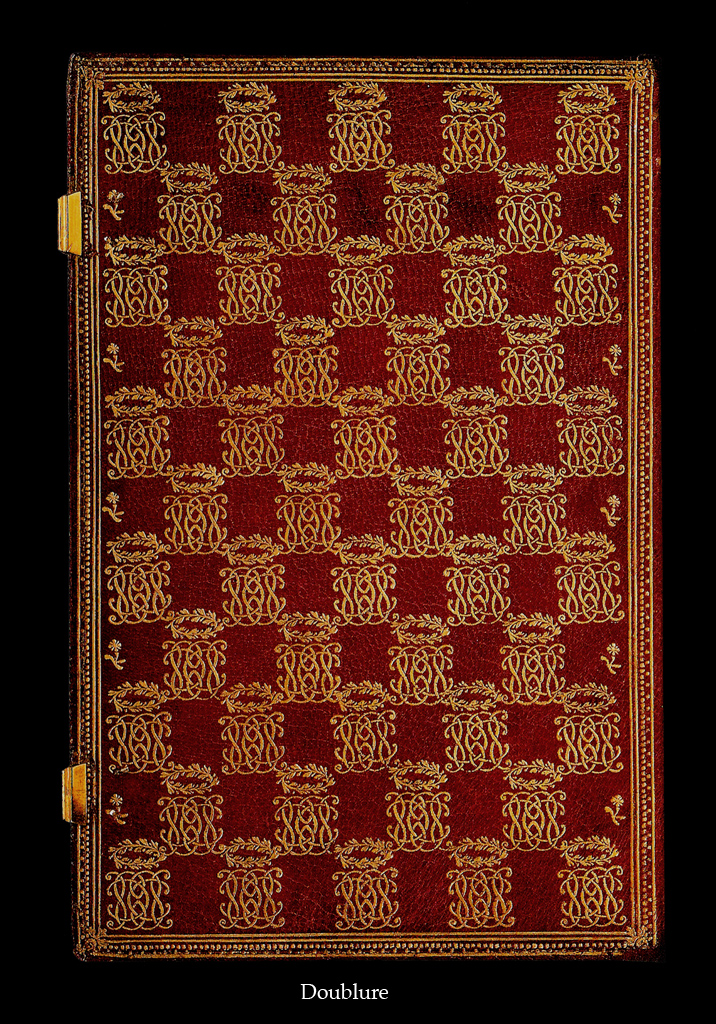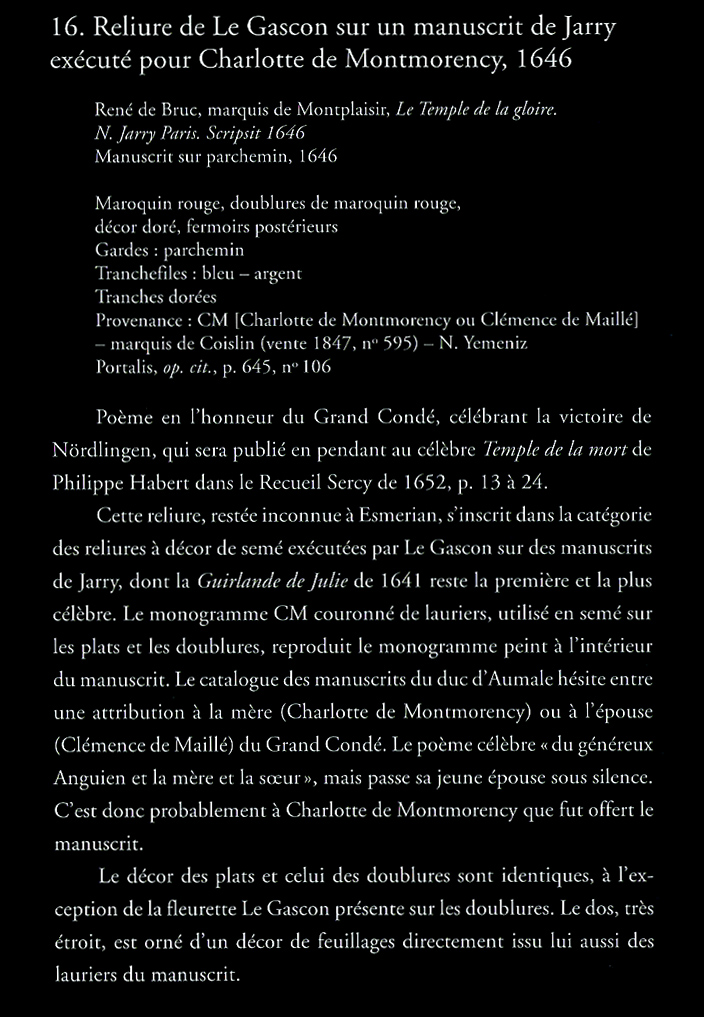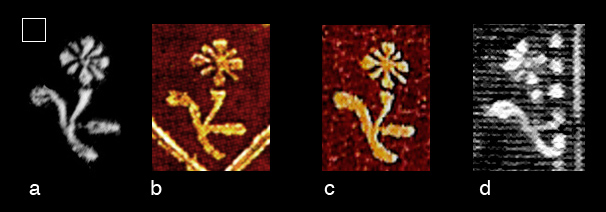Up to this point I have not tackled a comparative study of the tools of Le Gascon, mainly because I have been focusing on pointillé tools. According to Raphaël Esmerian, Le Gascon did not use pointillé tools. but I am getting ahead of myself here. We need to just briefly touch upon the subject of the legendary Gascon. Esmerian has summed up the situation very well in his chapter in entitled LE GASCON actif vers 1620-1653 I will not attempt to translate his eloquent French, but try rather to explain some of the story. By the beginning of the 17th century the French bookbinding trade was very well established and regulated, all members of the guild were registered with the Corporation des relieures. Yet the name of the most famous of all French bookbinders, Le Gascon, does not appear on the Corporation's list of binders for this period, in fact almost nothing is known of him other than his name appearing in certain correspondences. The mystery of his identity has been the subject of much speculation, wild rumors and rampant imaginations have over the years, transformed him into a sort of demiurge to whom are attributed all the most beautiful bindings, not only of the 17th century but also some bindings of the 16th and 18th century! More particularly, in the past, Le Gascon has been associated with the pointille decor, and many elaborate pointillé bindings have been described as being in the 'style' of Le Gascon
In his 1972 catalogue, Esmerian recounts how he eventually discovered a way to identify authentic Le Gascon bindings. This came about through his recognition of a small
fleurette, which he had observed on a number of other bindings. I will just briefly try to explain this, Esmerian lists 9 instances where the name of Le Gascon occurs in print, the last of these is a 1690 description of the famous manuscript La Guirlande de Julie given by its owner Gaignères who wrote "Afin que rien ne manquast à embellir cet ouvrage, il fut reliè par Le Gascon qui n'avait point d'ègal en son art, et enrichy par le dehors des chiffres de Julie, afin que l'on sceut dabord à qui il estait."
Esmerian then notes that, unfortunately, this binding, which is entirely covered with the repeated monogram of Julie-Lucine d'Angennes, does not bear any other imprint that could help to identify the binder. However he goes on to say that thanks to a lucky break he happened to find, in a copy of Histoire Illustree de la litterature Francaise by Lanson (1923), a reproduction of a another binding decorated with the same repeated monogram of Julie-Lucine d'Angennes, identical to that found on the binding of La Guirlande de Julie however on this particular reproduction the spine was included and here he recognized the imprint a small flower which he had previously noticed on a number of other bindings, and realized then that these must also be the work of Le Gascon. The shock was however to find that these bindings were all executed without the use of pointillé tools. Even though every sort of fabulous pointille binding had been previously attributed to Le Gascon. If the real Gascon never used pointillé tools then there had to be another "Gascon" who did, thus this second Gascon was dubbed "Le Maitre Doreur".
When I first read this story, I did not have access to the reproductions that Esmerian mentioned and had no idea of just what this fleurette looked like, also I did not notice that within the description of the catalogue's second Gascon example (item 2, page 7), he mentions again this fleurette (which is anyway, barely visible on the spine). Actually at the time I was more interested in the pointillé work of the other "gascon", le Maitre Doreur, and launched into a study of his tools. So the importance of all this did not impress me until just recently when I, by my own sort of lucky break rediscovered this fleurette.
|
